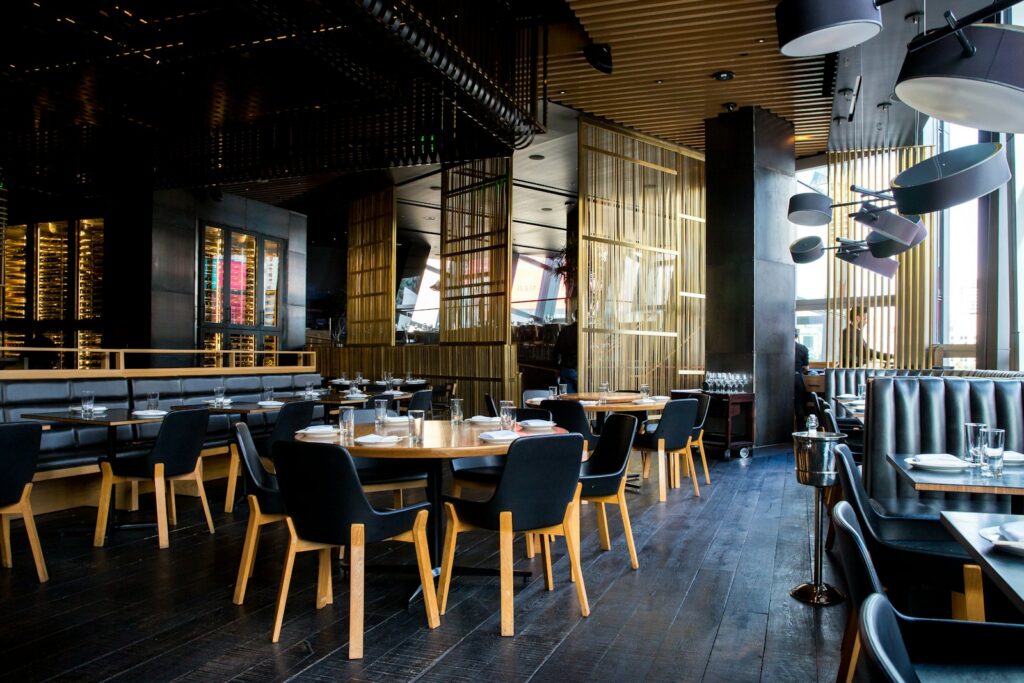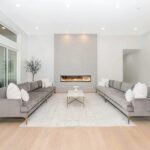In the world of interior design, every detail counts. From the color of the walls to the choice of furniture, each element plays a crucial role in creating a cohesive and inviting space. One often overlooked aspect of interior design is the use of eylrd, a term that encompasses a range of design elements that can elevate any room.
Eylrd, which stands for Emphasis, Balance, Rhythm, and Harmony, is a set of principles that can guide your design choices and help you create a space that is both visually appealing and functional. In this article, we will explore each of these principles in detail and provide practical insights on how to incorporate them into your own home.
Emphasis
Emphasis is all about creating a focal point in a room. This can be achieved through the use of color, texture, or a standout piece of furniture. When designing a space, think about what you want to draw attention to and how you can highlight that element. For example, if you have a beautiful piece of artwork, consider placing it on a prominent wall or using lighting to draw attention to it.
Balance
Balance is essential for creating a harmonious and visually pleasing space. There are two types of balance: symmetrical and asymmetrical. Symmetrical balance involves arranging elements in a mirror image, while asymmetrical balance is more dynamic and involves creating visual balance through the use of different elements. When designing a room, consider the overall layout and how you can achieve balance through the placement of furniture and decor.
Rhythm
Rhythm is about creating a sense of movement and flow in a space. This can be achieved through the use of repetition, contrast, and progression. Think about how you can create a sense of rhythm in your space through the use of patterns, colors, and textures. For example, you could repeat a certain color throughout the room or use different textures to create visual interest.
Harmony
Harmony is the final principle of eylrd and is all about creating a sense of unity in a space. This can be achieved through the use of a cohesive color palette, consistent style, and careful attention to detail. When designing a room, think about how you can create a sense of harmony through the use of complementary colors, materials, and finishes.
Incorporating eylrd principles into your interior design can help you create a space that is not only visually appealing but also functional and inviting. By paying attention to emphasis, balance, rhythm, and harmony, you can create a space that reflects your personal style and makes you feel at home. So next time you’re designing a room, remember to keep eylrd in mind and watch as your space comes to life.


